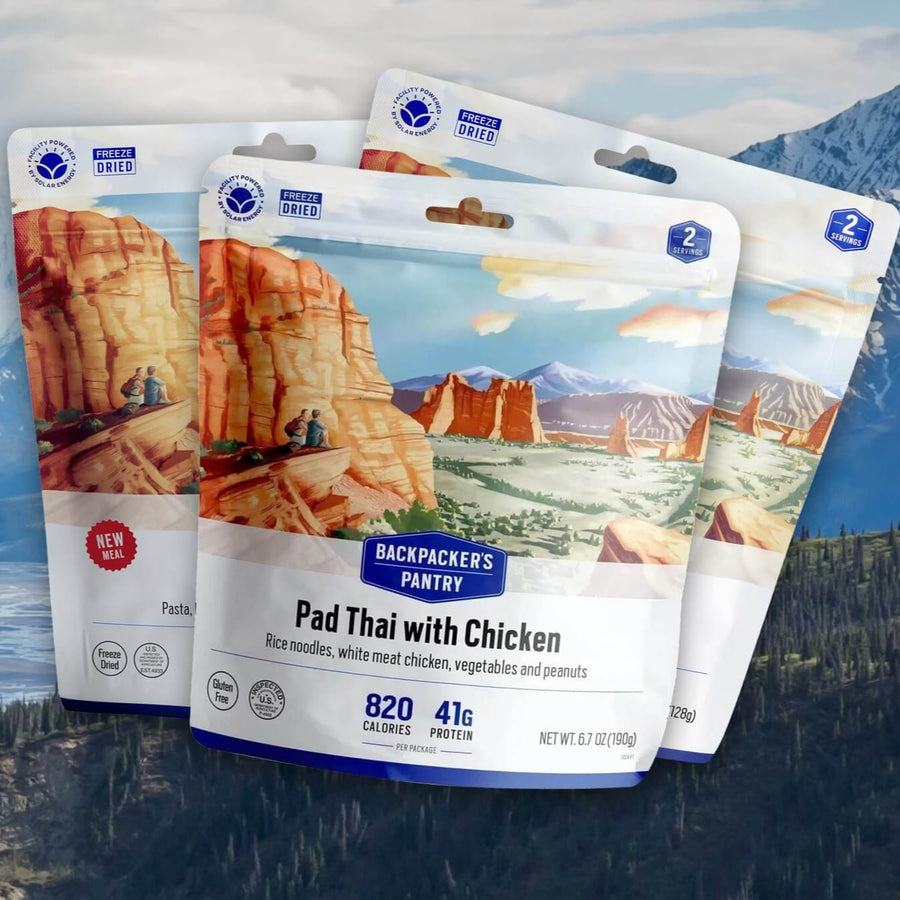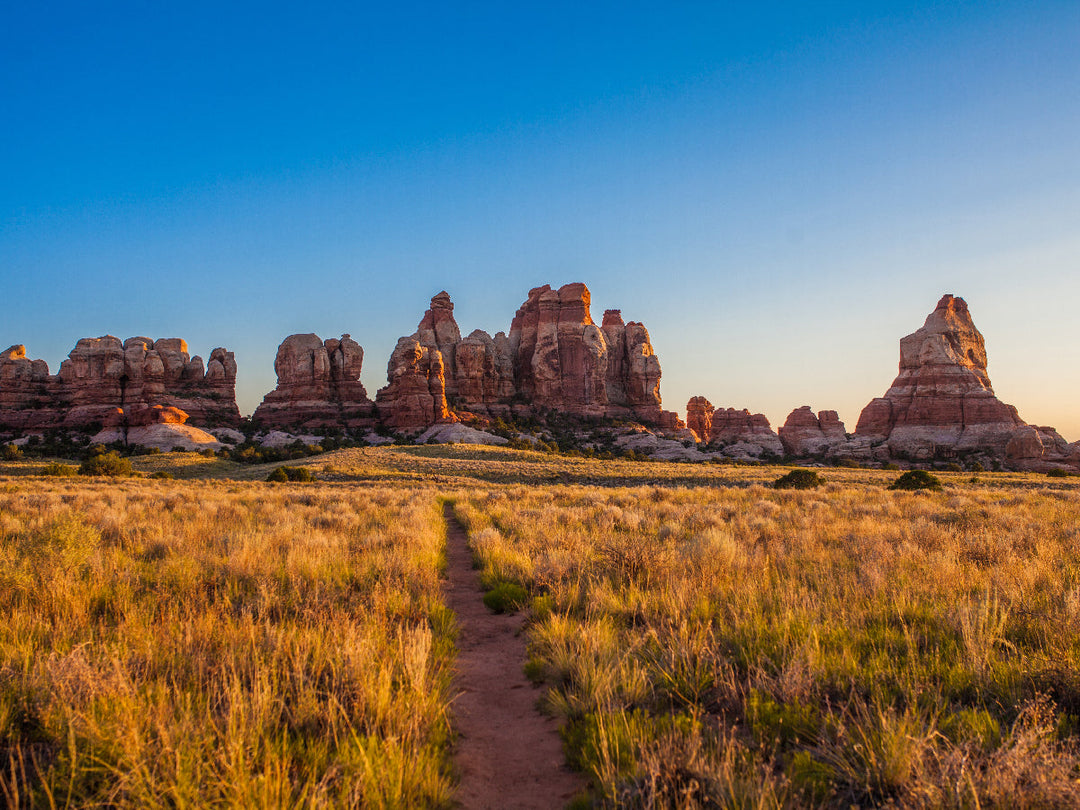The Ancient History of Freeze-Drying

Freeze-drying seems like a modern invention but it's surprisingly an ancient food processing & preserving method that has been carried out for centuries. Not many know about its ancient history, however. Keep reading to find out how Indigenous peoples in the Andes Mountains have been freeze-drying food using only their natural environment.
Where It All Began

The Aymara, an Indigenous people in Bolivia's high Andes, figured out how to rid poisonous potatoes of their toxins & freeze-dry these potatoes for preservation purposes. All without using pumps, pipes or a freezer, the Aymara have been preparing freeze-dried potatoes -- a local staple they call "Chuno," (‘CHOON-yo’) -- the same way, since its invention more than 1,500 years ago.
So, how does their freeze-drying method work? In an excerpt from his book Ingredients: The Strange Chemistry of What We Put In Us and On Us, author and chemist George Zaidan explains how the Aymara people became pioneers in the process of freeze-drying food.
"
- Get some wild toxic potatoes.
- Freeze the potatoes by leaving them outside overnight at high altitude.
- Trample the frozen-solid potatoes like a French winemaker tramples grapes.
- Put the trampled potatoes in a loose wicker basket, put the basket in a stream or creek, and leave for a few weeks.
- Put the potatoes on your front doorstep and let them freeze overnight and dry out in the daytime, squeezing occasionally, then leave for another few weeks.
- Y voila! Freeze-dried potatoes. "
The Similarity Between Ancient & Modern Freeze-Drying Practices

At it's most basic level, freeze-drying involves using very low pressure, extreme cold and gentle heat to remove solid water (ice) out of a frozen food without melting the food first. It's shocking & quite impressive how similar the Aymara's ancient method of freeze-drying is to that of modern-day techniques. The difference is how the Aymara use their natural environment of high altitude, low pressure and the sun to get the freeze-drying job done.
In fact, their method of freeze-drying is quite sophisticated, as their trampling of potatoes and leaving them in running water, rids the wild tubers of about 97% of their toxins. This means the Aymara are left with food that is not only edible, but is storable for up to twenty years. Quick carbohydrates available at all times? Now, that's an incredible famine-proof, survival technique if you ask us!
The Invention of Modern Freeze-Drying Technology

NASA adopted the art of freeze-drying from the Aymara and made modern technology to freeze-dry food in preparation for the long-duration Apollo missions. This modern technology is what Backpacker's Pantry relies upon today, to make its lightweight, freeze-dried backpacking meals. It's also the same technology that allowed Backpacker's Pantry's sister company, Astronaut Ice Cream to make and sell the first ever freeze-dried ice cream treat in the 60's.
How Modern Freeze-Drying Works
In the modern day freeze-drying process, water is removed from the food in a low energy system through the process of sublimation. A vacuum pump lowers the pressure to almost zero, which causes the frozen water in the food to start to evaporate. Heat from a light helps this process along. As the water vapor enters a flask, it freezes. Because no additional energy is added, no additional reactions occur, which would alter the nutritional contents of the food itself.
Watch this video to see the production of freeze-drying food.
Giving Credit Where Credit Is Due
Today we are able to freeze-dry just about anything. From food to medicine and more, the Aymara's innovative food processing method has and will continue to be vital for the preservation of goods. And not only did this Indigenous group create a brilliant famine-proof strategy, they also created an incredible way to preserve the nutrients in their food. Freeze-dried foods retain 97% of their nutrients, which is better than canning, freezing, or dehydrating.
Thanks to the Aymara, Backpacker's Pantry is able to fuel adventures of all kind with lightweight, nutrient-dense meals! Browse Backpacker's Pantry's full selection of freeze-dried breakfasts, entrees, and desserts here.





